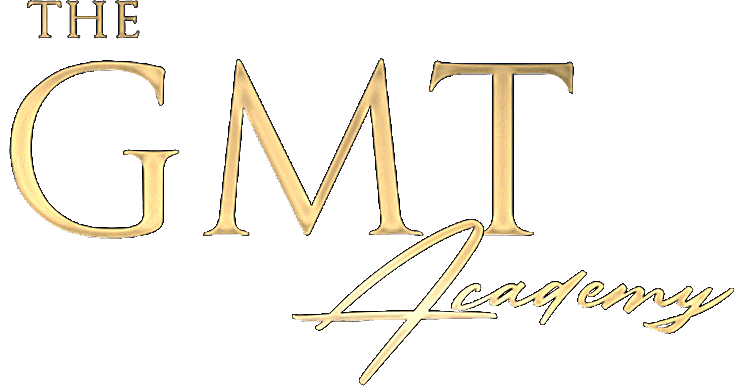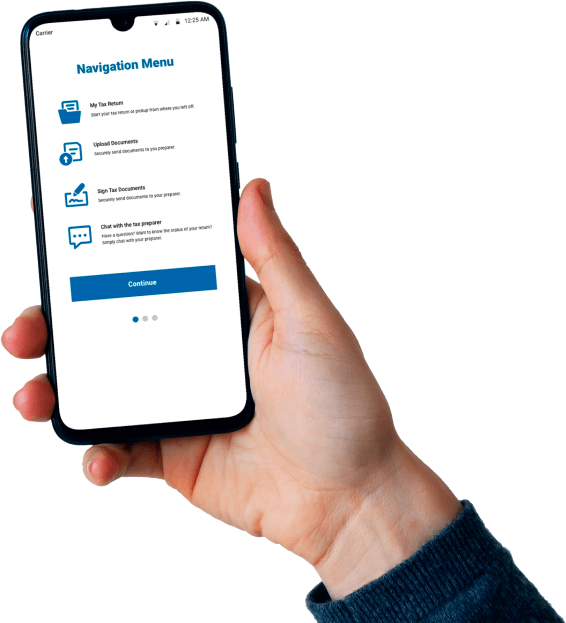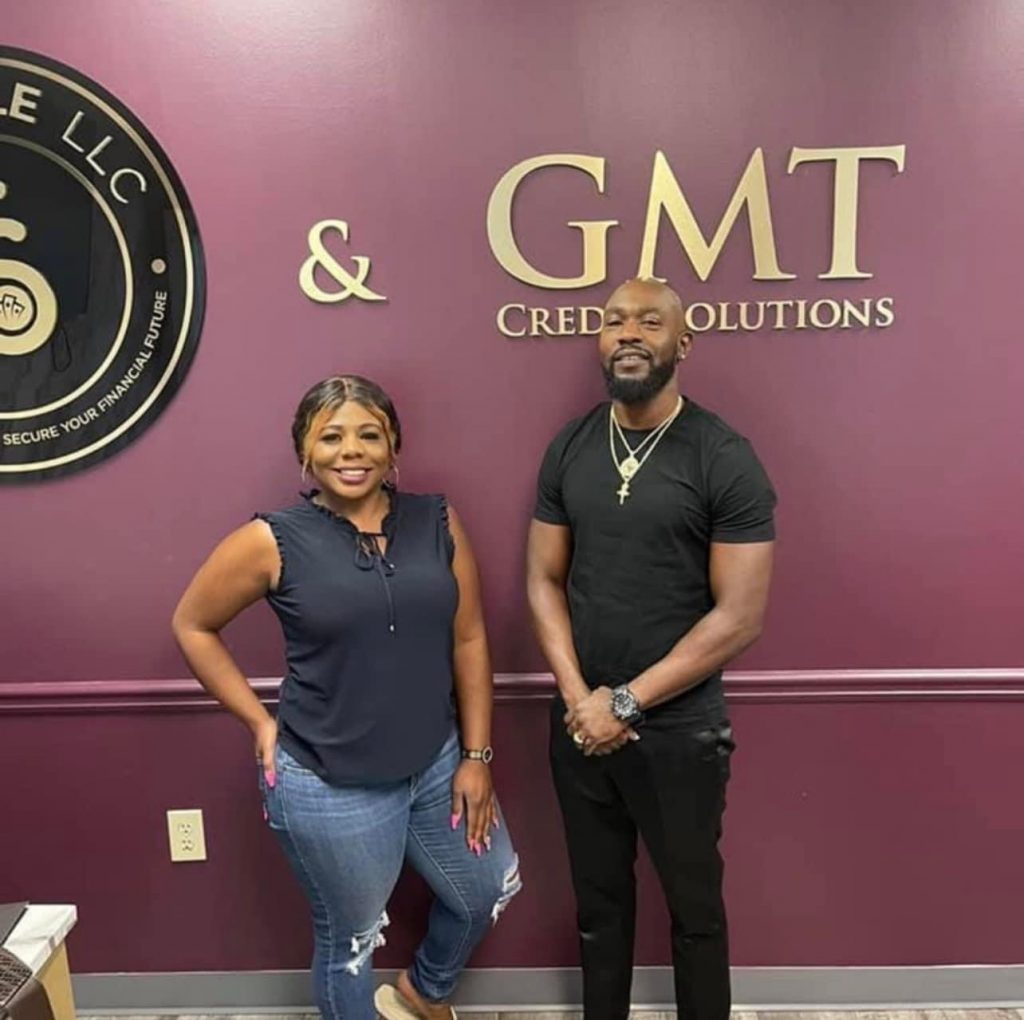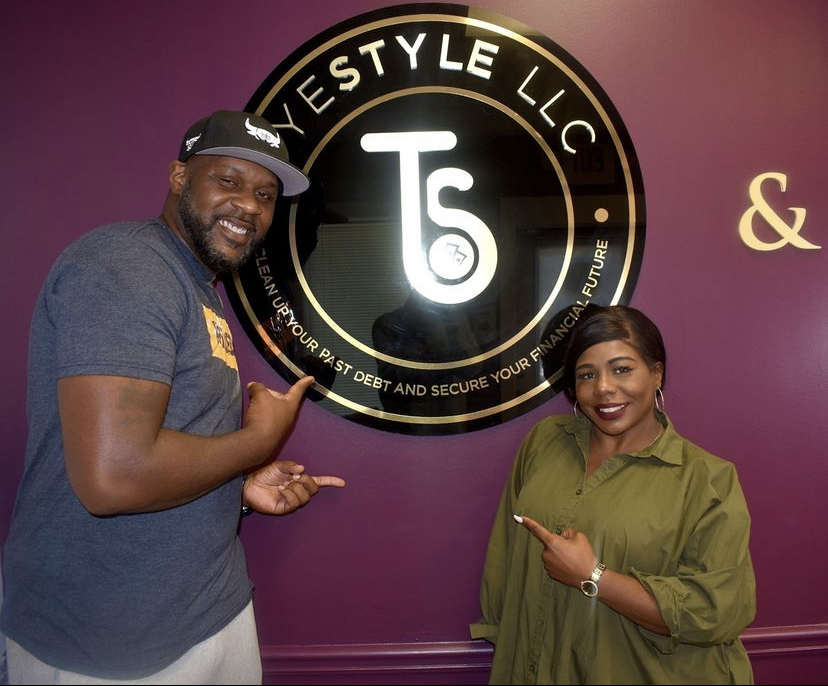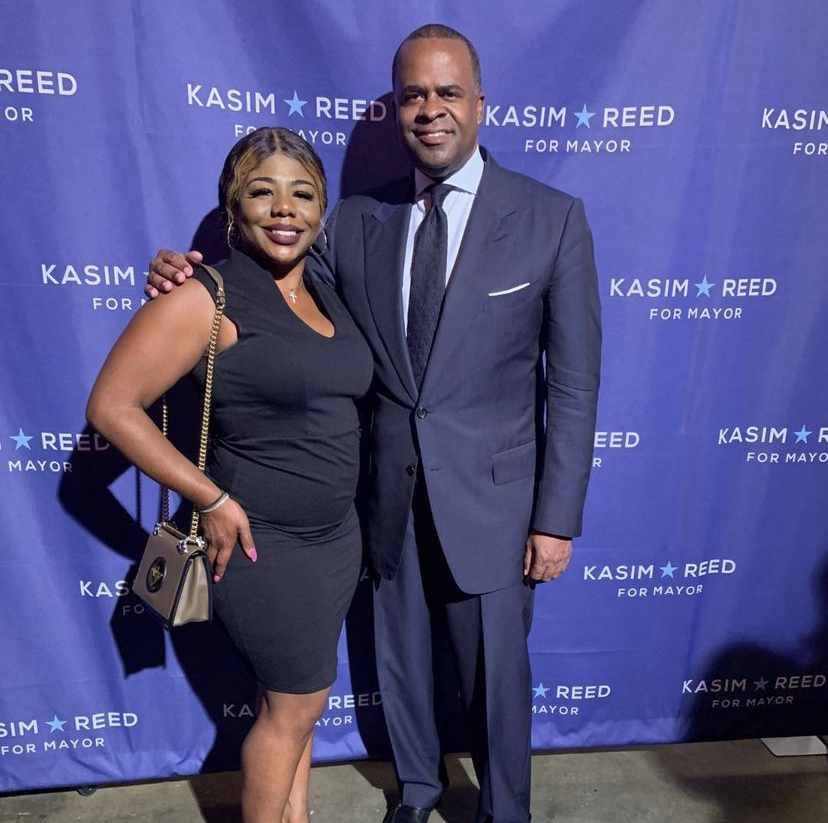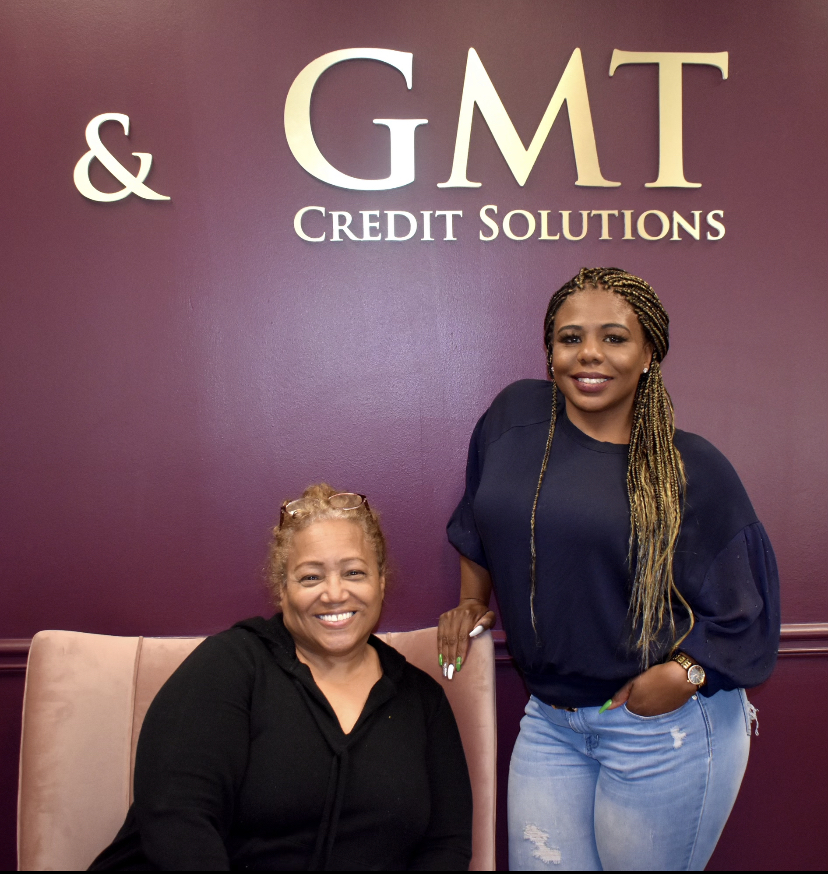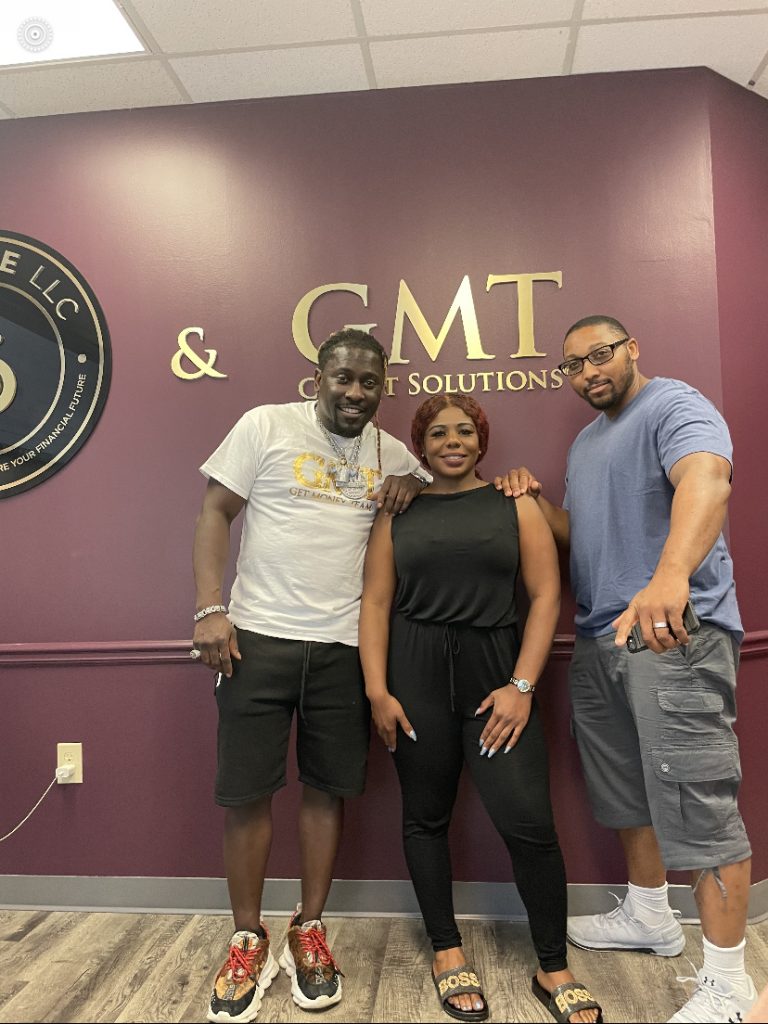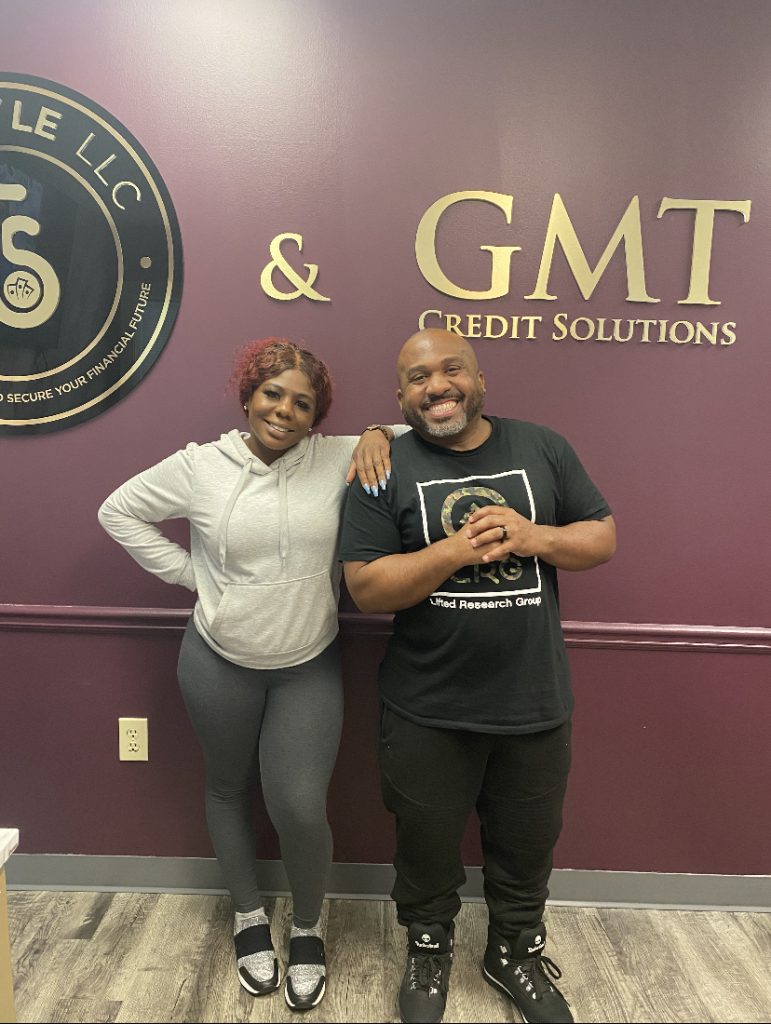➤ Need Funding or Building Your Business Credit? Click Here
➤ Need to Boost Your Credit Score? Click Here
➤ Connect with us on Facebook: The GMT Academy LLC
➤ Follow Us on Instagram: @TyeStyleCreditLady
Just like how individuals have personal credit scores which they must nurture and carefully grow, companies also have a business credit score which is crucial to maintaining a low-risk reputation amongst lenders, banks, vendors, suppliers and other financial institutions.
Particularly with suppliers, a business’s credit score—which can be calculated based off of several types of models and weighted accordingly—will determine whether they can be extended credit. This can be influenced by factors as simple as how often they paid their existing accounts on time, how many times they missed payments or were late, the state of the firm’s own financial health and, oftentimes, the business owner’s personal credit score and financial health.
As is evident, a business’s credit score can be a huge factor in their growth and survival within competitive markets, particularly for smaller businesses. What, then, is the breakdown and composition of the business credit score? How are these scores calculated, and ultimately, what can you as a small business owner do to boost your business credit?
Basics of the Business Credit Score
Every business in the United States has its own credit profile and score which is linked to a business EIN number. There are three main business reporting agencies which provide your business credit profile and score: Dun & Bradstreet, Experian, and Equifax Commercial.
Business credit scores are mathematical models used to determine a business’s risk of going 90 days late within the next 12 months, while consumer scores depict risk over a 24 month time frame. It’s important to note: a business credit score is a figure which reflects on the business’s likelihood of defaulting on an obligation, not the business owner’s. This means scores are based on how the business obligations are paid, not how owners pay their personal obligations.
To calculate a business’s credit score, each reporting agency provides access to multiple scores which evaluate different forms of risk for a firm. FICO also provides its own business credit score to assess risk, as do banks—who use an internal bank credit score to determine business loan approval. These various scores are used by credit issuers, lenders, suppliers, vendors and others who may typically extend credit or financial aid to businesses.
How Business Credit Scores Differ From Personal Credit Scores
It’s also important to note some of the distinctions between a person’s personal credit score (such as the owner) and the business’s credit score. For instance, your business credit scores are used, or pulled, each and every time you apply for credit or for business financing. Lenders and credit issuers, however, won’t tell you this—or which scores they’re using to analyze your business. And they’re allowed to, as there is no Fair Credit Reporting Act in the business world requiring them to disclose that to you, as there is in the consumer credit world.
Business credit profiles and scores are also available to anyone who wants to access them. Whereas in the consumer world, when someone wants to pull your credit profile they need your permission to do so—something the FCRA calls “permissible purpose”—In the business world, there is no such rule—meaning competitors, prospects, clients, lenders and anybody else can cheaply and easily access your reports.
Dun & Bradstreet Business Credit Scoring
The first major firm involved in the business credit scoring process is D&B, or Dun & Bradstreet. D&B provides two Performance Credit Scores to evaluate a company’s past performance using only information within the D&B database. These two scores are the Paydex Score and the D&B Rating.
Paydex
The Payday Score analyzes how a company has paid its bills over the last 24 months. It is the most popular scoring model used in the business world, and is “D&B’s unique dollar-weighted numerical indicator of how a firm paid its bills over the past year, based on trade experiences reported to D&B by various vendors.” Dollar-weighted meaning that D&b gives more “weight” to accounts with higher limits than those with lower limits. Paydex essentially favors trade accounts that have been extended higher amounts of credit, and values less those with lower reported credit dollar amounts.
What this all boils down to, is assessing how a firm paid its bills over the past year, using past performance as the main driver. It’s just how you paid your bills! The score ranges from 1-100, and higher scores indicate lower risk as they predict better payment performance. A score of 70 or higher is defined by the D&B as a “good” score, and reflects payments being made within 15 days of terms. Scores 80 or higher reflect “prompt payments” which are made on-time, and 90 and above can be achieved by paying accounts or dues earlier than the agreed upon due date. Businesses can obtain good Paydex credit scores by ensuring their payments are made on-time or early, if possible, to suppliers, vendors and creditors.
In order to obtain decent financing rates, a firm will need a Paydex score of 70-80. The business will also need at least 3 trade accounts being reported to their file, and it can take up to 30-90 days for those trades to report and a score to be established. The final score itself is actually calculated by using as many as 875 payments in analysis!
D&B Rating
The other performance score is the D&B Rating, which indicates a company’s net worth based on company financial statements as well as the firm’s overall financial condition. D&B also carries out this assessment using information in their own database. If a firm’s financial statements are not provided or are unavailable, the score is instead based off of company size, industry or other related factors. This performance score essentially evaluates a company’s net worth and overall credit health, and is broken into three distinct categories, or rankings. Each category is based on the amount of information available on that company. The three categories are as follows: Traditional D&B Rating, Expanded Credit Appraisal, and Alternative Ratings.
The Traditional D&B Rating reflects net worth or equity, and is based on a company’s financial statements and payment experiences with suppliers. In order to qualify for this category, a company must submit both of these in the report. Even if you have payment experiences, if financials are not present, you can’t qualify for this category. The Traditional D&B Rating also includes the Composite Credit Appraisal Score, which reflects an overall assessment of creditworthiness based on company payments and financial stability.
The Expanded Credit Appraisal category is given to businesses whose financial reports are not available, and is based on the total number of employees for the firm, amongst other factors.
The Alternative Ratings category accounts for companies whose financial reports and company size are both unavailable, and fall under this section. This categorization is based on the amount of other information available in the business’s report.
D&B also provides what is known as its Predictive Scores, which predict a company’s expected performance over the next year, or 12 month time period. This is a model which provides three scores: D&B Delinquency Predictor Score, Financial Stress Core, and Supplier Evaluation Risk Rating.
- D&B Delinquency Predictor Score – Predicts whether a business will pay its bills on time
- Financial Stress Score – Predicts the chance that a business will experience financial distress
- Supplier Evaluation Risk Rating – Predicts whether a business will stop delivering its goods and services
Experian Business Credit Scoring
The second most popular credit scoring model in the business world is the Experian Intelliscore. The most recent iteration of this system is known as Intelliscore Plus, which Experian claims is the next level in credit scoring. This model takes into account hundreds of variables to offer a more complete, concise business credit score between 0-100, with 100 being the best score possible.
Intelliscore predicts a business’s risk of going seriously delinquent, or over 90 days late on an account/business credit line, or having a major financial issue, such a bankruptcy, within the next 12 months. The Intelliscore Plus system has over 800 aggregates, or factors which affect a firm’s business score. Experian initially takes a business and analyzes data segments such as firmographics, public records, collections and trade information, and then places the business into one of three different models.
Intelliscore is one of the only scoring models which offers a blender score. This term refers to the Blended/Owner Model, which blends both commercial data and the owner’s consumer information. As such, since this model requires consumer data, it is also one of the only scores someone needs permissible purpose to pull your score. The reason for incorporating consumer data lies in the power of predictability.
Studies showed that when trouble hit a business, blended scores dropped an average of 30% over the four quarters leading up prior to the “bad event.” Experian also divulged research data indicating that 53% of problems incurred within a business would also reveal the first signs of probable credit issues on business credit reports. 46% of these problems would first show up on the business owner’s personal credit report, depicting the importance of utilizing both consumer and business data.
Experian’s Intelliscore Plus, just like FICO, has multiple aspects to its score composition. There are 5 different factors your credit is calculated and which make up this score:
- Historical Behavior
- Age, Industry, Size
- Credit Utilization
- Derogatory Items
- Payments, Balances
Each of these also has a different weight towards the overall score, with Historical Behavior having the lowest (5-10%) and Payments/Balances comprising of 50-60% of the overall scoring model. Scores are more specifically based on factors such as number of trade experiences, outstanding balances, payment habits, credit usage, public records, and demographics. In short, the Intelliscore is “calculated by a statistically derived algorithm, designed to determine risk based on multiple factors”. These are summarized into:
- Credit: Number of trade experiences, balances outstanding, payment habits, credit utilization and trends over time
- Public Records: Recency, frequency and dollar amounts associated with liens, judgments or bankruptcies
- Demographic Information: Years on file, Standard Industrial Classification (SIC) code and business size
Experian also offers the FSR, or Financial Stability Risk Score, which predicts the potential of a business going bankrupt or defaulting on accounts/obligations. This score ranges from 1-100, and is broken down further into 5 Risk classes with Class 1 being the lowest risk and Class 5 being the highest.
Equifax Commercial Business Credit Scoring
The third and final scoring company most often referred to in the business world is Equifax’s Commercial Credit Scoring system. The main model used in Equifax’s credit scoring is the Credit Risk Score. This score was created to predict the probability of a business customer becoming seriously delinquent (90 days or more late) within a 12-month period. This model uses a credit score range from 1-100, with lower scores indicating higher levels of risk for serious delinquency.
Similar to the D&B Paydex score, the Credit Risk Score is based on payment history. As such, all that’s necessary for a good Credit Risk Score is to pay business obligations as agreed per the days of terms. The earlier payments are made, the higher your score will be!
Equifax also provides a business credit score for the suppliers’ side, known as the Small Business Credit Risk Score for Suppliers. This model is designed to help credit issuers improve their risk assessment and reduce delinquency rates while helping to improve profitability. This score refers to bank loans, lease information, credit card data, utilities history, public records and firmographic data from their own Equifax Commercial Database to formulate this score. It ranges from 101-816, rather than the traditional 1-100 scale.
Equifax also offers multiple other popular scoring models used by suppliers, vendors, lenders and credit issuers:
The Business Failure Score predicts the likelihood of a business failure through formal or informal bankruptcy over the next 12 months. This model is useful in helping identify businesses that pose a greater risk for failure so suppliers and credit grantors can make appropriate decisions.
The Payment Index provides a dollar weighted index of a business’s current and past payment performance based on all payment experiences in the Equifax Commercial database.
Business Credit Scoring for Small Businesses with FICO’s SBSS Score
A fourth option for business scoring, particularly to measure your small business’s creditworthiness, is the FICO SBSS Score. This score has become widely used by the SBA to qualify business loans. It’s also based on both personal and business credit history, not just the business report like the majority of scorers do. SBSS scores are used to reflect the likelihood of the applicant paying their bills on time. Scores range from 0-300, and higher scores are better—meaning lower risk. Personal, business credit history and financial data are all incorporated as factors within the final score calculation.
As of 2014, all SBA loans must go through a business credit score pre-screen, and these loans won’t be approved with a score below 140. Typically, your application won’t even go through the SBA lender with a score below 160, as you would be designated too high risk. Many factors are taken into account to calculate this score, such as the age of the business, financial data including assets, revenue, the last year’s Paydex scores, liens, judgements and other financial data. It is also important to note that if you have zero business credit history and limited time in business, the highest FICO score you can start with is 140, and that too your personal credit history has to be pristine!
SBSS loans are used to evaluate large numbers for term loans, business credit lines, and commercial cards all the way up to $1 million. This helps issuers make analyses for large transactions. So if you’re applying for an SBA loan within this range, your SBSS is more than likely being evaluated. SBSS gives small business credit issuers various combinations of data to evaluate business risk. It allows them to evaluate only certain applications data from, say, the business owner, or include external business bureau data if necessary. They could even choose to weigh one factor more than another.
This proves it to be a highly intelligent score, as the report progresses from one bureau to another in whatever order of priority the credit issuer chooses to generate the final score. This process can mean extracting data from either D&B, Experian Intelliscore or Equifax Commercial to be considered, if the issuers so desire.
